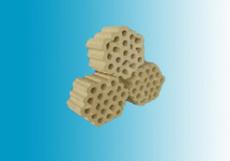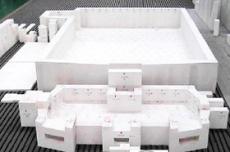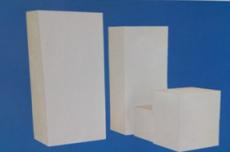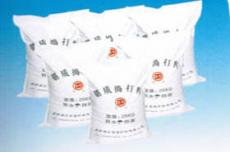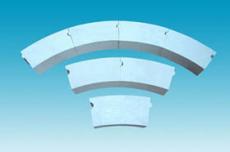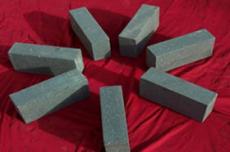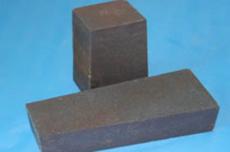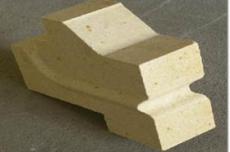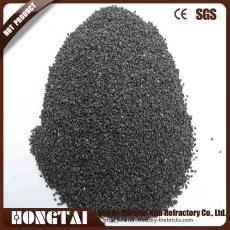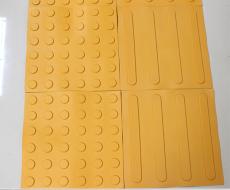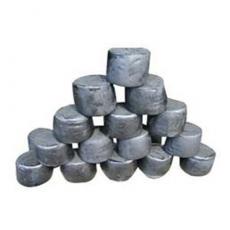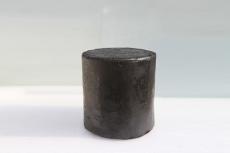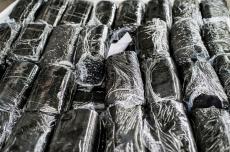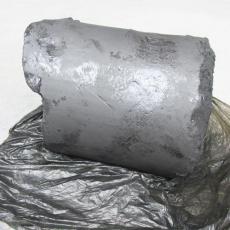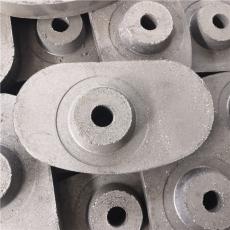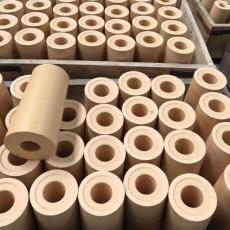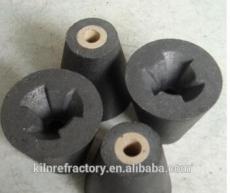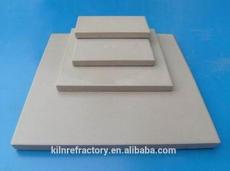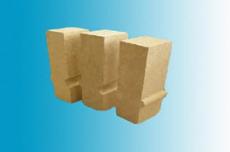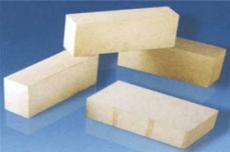
Submerged arc furnace, also known as electric arc electric furnace or resistance electric furnace, is an industrial electric furnace that continuously feeds materials, intermittent tapping, and operates continuously. Its working characteristic is to use electric energy as the heat source and carbon or silicon as the reducing agent to reduce the ore to produce ferroalloy. The products produced by the submerged arc furnace method mainly include ferrosilicon, calcium silicon alloy, industrial silicon, high carbon ferromanganese, silicon manganese alloy, high carbon ferrochrome, silicon chromium alloy, etc.
1. Working environment of submerged arc furnace
Submerged arc furnace alloy smelting is a multi-phase physical and chemical process carried out at high temperatures, and the working conditions of the refractory materials in the furnace are very harsh. The temperature in the reaction crucible area of slag-free smelting can reach 2000~3000°C, while various erosion effects also occur in the high-temperature area of slag-free smelting.
2. Damage mechanism of refractory materials in submerged arc furnaces
1 Corrosion phenomenon: Corrosion will occur when the working temperature of the refractory material exceeds its refractoriness. Melting corrosion often occurs in the furnace wall near the arc zone and the furnace bottom at the end of the electrode. Through the analysis of furnace floor temperature measurement patch and thermocouple data, it is found that the temperature at the bottom of the furnace bottom electrode is the highest. At the same time, if the working end of the electrode is too long, the temperature at the furnace bottom will rise significantly.
2 Chemical erosion: Various chemical reactions between refractory materials and slag, metal melt, dust, waste gas and other substances are called chemical erosion. Types of chemical attack include gas-solid reaction, liquid-solid reaction, liquid-liquid reaction and gas-liquid reaction. When the working temperature of the refractory material is close to or exceeds its refractory degree, the chemical corrosion of the metal on the refractory material becomes more prominent.
3 Mechanical action: In the working layer, refractory materials whose temperature is higher than the load softening temperature are easily affected by the mechanical force of metal and slag and cause loss.
4. Peeling and cracking: due to rapid cooling, rapid heating or uneven thermal load, the thermal stress inherent in the refractory material exceeds its structural strength and local damage occurs. After a long shutdown and restart of the furnace, the expansion and cracking of the furnace body is particularly obvious, and this kind of scene can also be observed in the taphole chute.
3. Specific reasons
If the working end of the electrode is too long for a long time, the furnace bottom refractory material is consumed in large quantities, causing the furnace bottom temperature to rise abnormally or the furnace bottom to burn through.
The working end of the electrode has been insufficient for a long time, and the high-temperature zone has moved upward. The temperature of the furnace wall near the high-temperature area of the electrode has increased abnormally. The severely washed areas around the tap hole of the furnace eye have the consequences of burning through leakage of iron and slag.
The slag type is unreasonable, the alkalinity control does not meet the requirements, and the molten iron is seriously overheated, causing chemical erosion of the furnace body and damaging the refractory materials of the furnace body.
When the furnace is turned on after a long-term shutdown, the furnace body is very prone to expansion and cracking. If the furnace is frequently started and stopped, it will be obviously observed that the steel plate of the furnace body is cracked due to temperature changes, and it needs to be repaired in time.
Oxygen blowing and opening operations cause great losses to the furnace eyes and furnace walls. Whether it is carbon bricks or magnesia bricks, oxidation reactions can occur under high temperature conditions, and the false furnace walls formed cannot provide protection, greatly accelerating the deterioration of the furnace body. deterioration.
The furnace body leaks and the moisture content of the materials seriously exceeds the standard. Although part of it can evaporate after entering the furnace, the remaining part will decompose with high temperature and form oxygen, which will corrode the furnace wall.
Due to the erosion caused by reaching the Tayman temperature, the working layer magnesia bricks in contact with the high-carbon ferrochrome and slag are subjected to chemical erosion and mechanical impact from high-temperature molten iron and slag, and their composition and mineral composition are changed. The reaction of the magnesia bricks Although the temperature is lower than the melting point, diffusion begins to occur.
4. Selection of refractory materials for submerged arc furnace body
The lining of the submerged arc furnace is composed of a thermal insulation layer, a thermal insulation layer, a thermal insulation layer and a working layer. The smelting process is in a complex environment of high temperature, corrosion and heat loss. Damage to the furnace lining increases energy consumption and production costs. Therefore, optimizing the furnace lining structure is the key to the mining industry. An important direction for energy saving in thermal furnaces.
1. To improve the lining life of cast iron electric furnaces, forced water cooling can be used to cool the slag-laden furnace lining. The process is to use low thermal resistance refractory materials to build the furnace and equip it with cooling facilities. By cooling the furnace shell, the molten iron or slag on the inner surface of the furnace lining forms a solidification layer. The solidified layer separates the furnace lining from the slag iron, thus protecting the furnace lining.
2. Submerged arc furnaces for smelting ferrosilicon and silicomanganese are mainly built with carbon bricks. Carbon bricks have the advantages of high melting point, good thermal shock resistance, high high-temperature strength, and are not easily infiltrated by alloys and slag.
3. High-carbon ferrochrome is mainly constructed with magnesia bricks. Magnesia bricks have high strength and high temperature resistance, and are mainly used in alkaline slag smelting. The load softening temperature of magnesia bricks is 1550°C.
4. The refractory materials used in the construction of nickel-iron ore hot furnaces include carbon bricks, chrome-magnesia bricks and magnesia ramming materials. Carbon bricks are used to build the furnace walls and bottom. Since electrode paste is used in the carbon brick building process, under the action of high temperature, the electrode paste produces volatiles that cause micro-slits between the carbon bricks. Liquid nickel iron will penetrate into the carbon from the micro-slits. The bottom of the brick makes the carbon brick float. The use of magnesia carbon bricks or carbon bricks to build the furnace bottom also causes the magnesia carbon bricks to float. Magnesium ramming materials are generally used for furnace bottom construction. Using magnesium ramming materials, the service life of the furnace bottom is significantly extended. This is consistent with the magnesium ramming material. The quality ramming material has strong anti-permeability. Magnesia chrome bricks solve the permeability problem of magnesia bricks, significantly improve slag resistance, have stable volume at temperatures up to 1800°C, and have high high-temperature strength.
